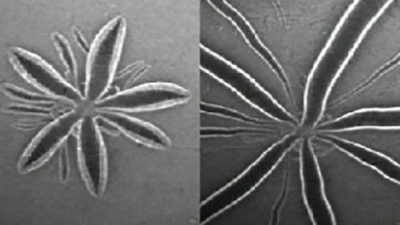Mathematical research in physical modeling focuses on the formulation and analysis of mathematical representations of problems motivated by other branches of science and engineering. In addition to generating novel problems with new computational and analytical challenges, constructing accurate models for complex systems may uncover the need for fundamental extensions to the governing equations.
Multiscale modeling is one very active area of current research, which focuses on bridging results from different types of mathematical models applicable to microscopic- vs. large-scale properties of problems. Examples include: estimates of macroscopic properties of materials from molecular structure and quantum mechanics, descriptions of population dynamics from behaviors of individuals, and homogenized effective properties of media derived from details of spatially varying in homogeneities.
Some of the other challenging aspects in current studies in physical modeling include: the influence of randomness and stochastic processes, simplifying high-dimensional models, and understanding the influences of complex and dynamic problem geometries.
Some of the primary areas of application of physical modeling at Duke include: quantum mechanics, fluid dynamics, astrophysics and biological/physiological systems. Studies in physical modeling draw extensively on techniques from analysis, probability, partial differential equations, dynamical systems and computational methods.






